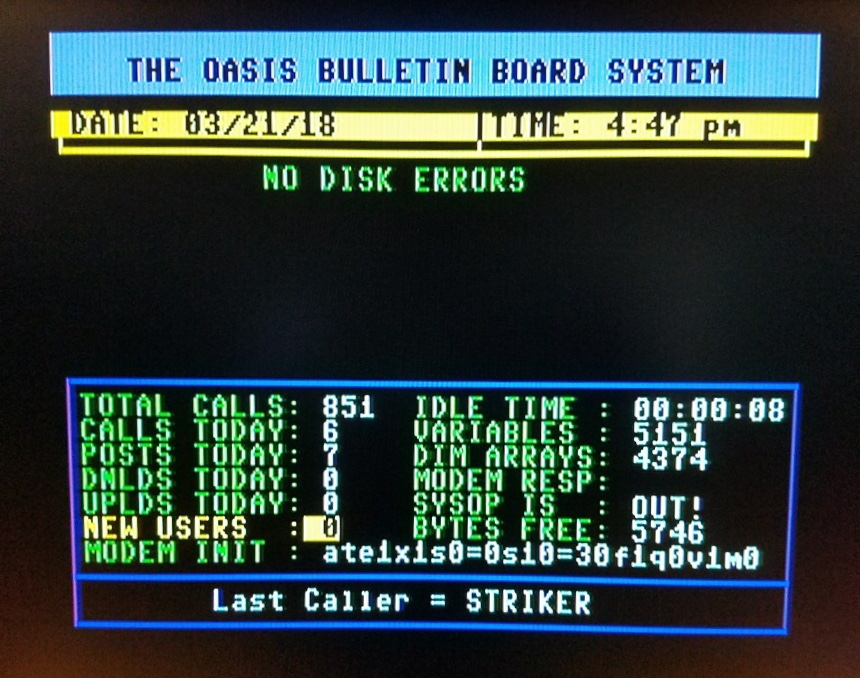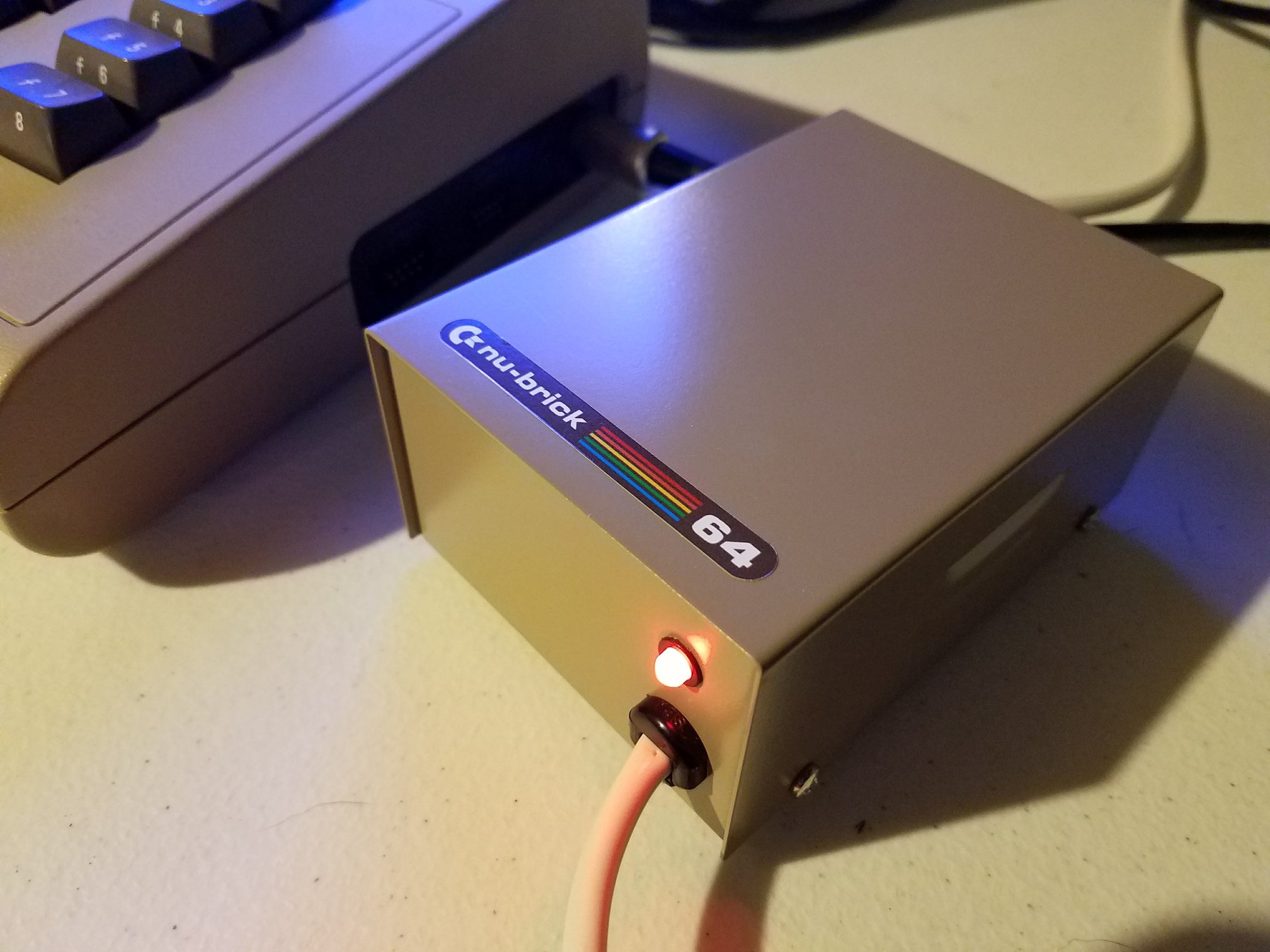The latest episode of TheRetroChannel begins with the host filming the video for a new RF replacement installation. The Commodore 64 chosen for the upgrade, however, is non-functional. The host states they’ll need to fix it first to complete the RF modulator replacement and ensure continuity in the original video. If fixing the machine proves impossible, it might be swapped for a working unit.
After powering on the Commodore 64, it becomes evident there’s no display—no black screen or anything else. The host verifies the capture setup is operational and starts troubleshooting by measuring voltages. Initial checks on the DC voltage show a stable 4.95 volts, but the AC voltage measures only 6.8 volts, far below the expected 9-10 volts. Suspecting a potential issue with the voltage regulators or power switch, further checks reveal the 12V regulator outputs 9.3 volts and the 5V regulator outputs 4.7 volts, indicating something is off.
Removing components like the VIC-II chip and SID reveals the voltage regulators stabilize, but the AC voltage remains low. This suggests the power switch could be the issue. Testing the switch for resistance shows acceptable readings at rest but raises questions about performance under load. The area near the power connector warms up during operation, prompting the host to disassemble the board for closer inspection.
Under a microscope, cracks are found around the power connector solder joints, confirming bad connections. The host reflows solder on the affected joints and refreshes the power switch connections. After reassembly, the system shows improved voltages, with the regulators outputting the correct 5V and 12V. However, despite functional voltages, the Commodore 64 still displays only a black screen.
With the power issue resolved, the host shifts focus to the video output. Oscilloscope tests on the VIC-II chip reveal an irregular video signal. Swapping the chip with a known working one from another board produces a blue screen but no text. The lack of text suggests a problem accessing the BASIC ROM. The host suspects the PLA (Programmable Logic Array), given its age and prior signs of rework.
The PLA is removed, and a new one, designed using modern GAL chips, is installed. Initial tests on the new PLA show proper activity on the BASIC ROM chip select pin, yet the Commodore 64 still fails to boot. Testing the original PLA in another board confirms it is not faulty. The host deduces that another issue must be preventing the BASIC ROM from functioning correctly, despite the replaced PLA and restored power connections.
The episode concludes with the Commodore 64 still partially non-functional, suggesting further diagnosis is needed. The host expresses determination to continue troubleshooting, showcasing the meticulous and methodical approach typical of TheRetroChannel.







